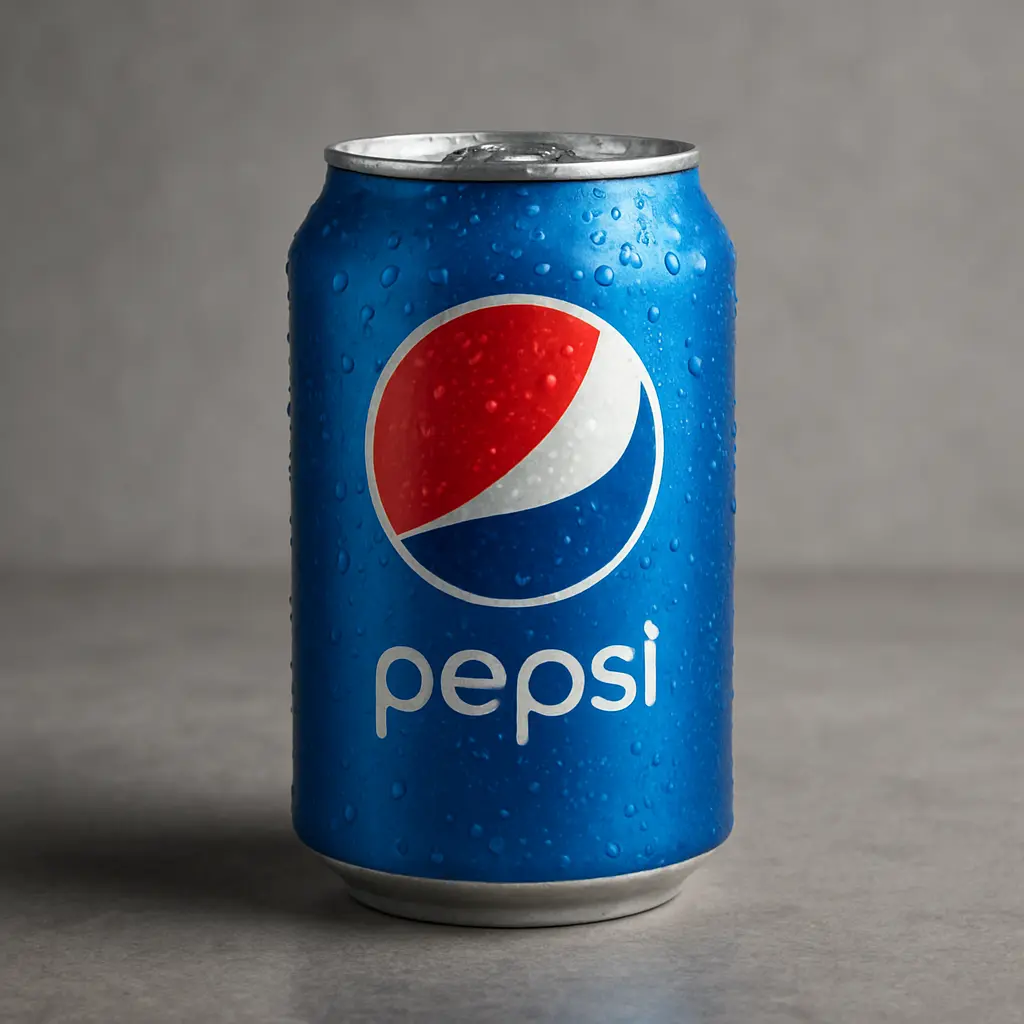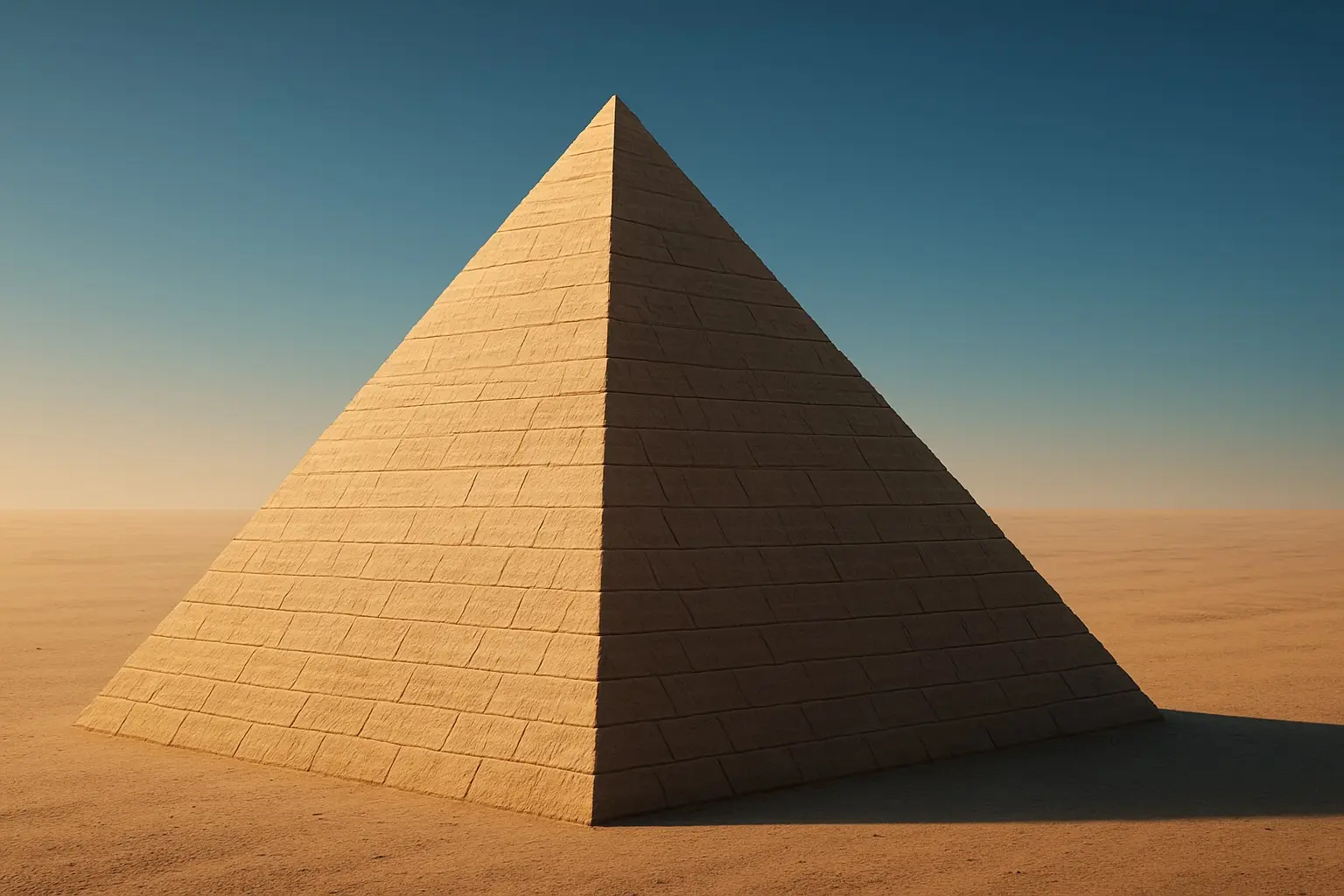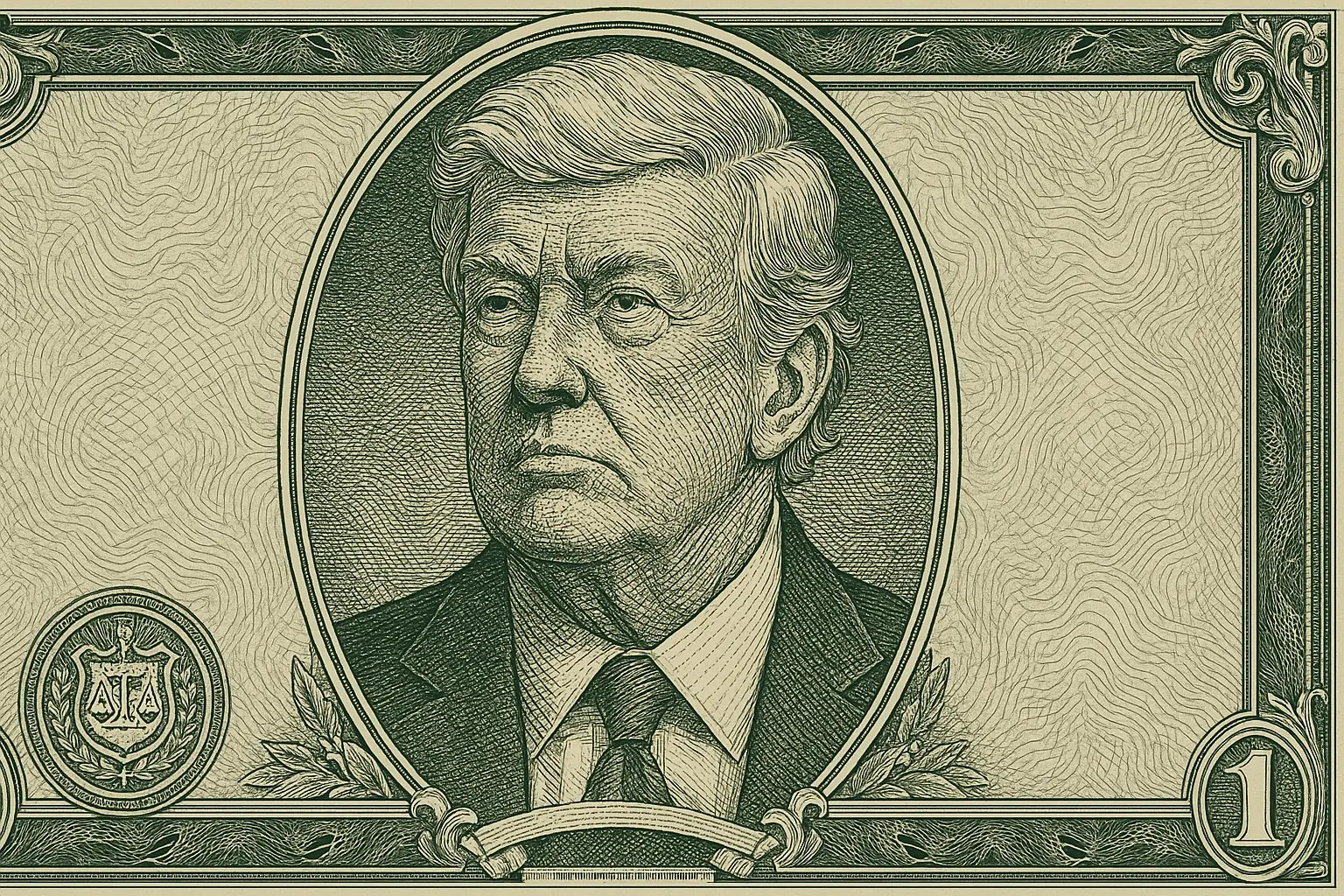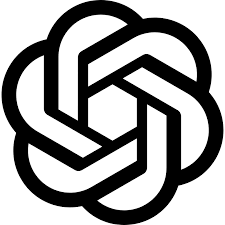
Create Puppet Style Images With ChatGPT
Prompt Outcome
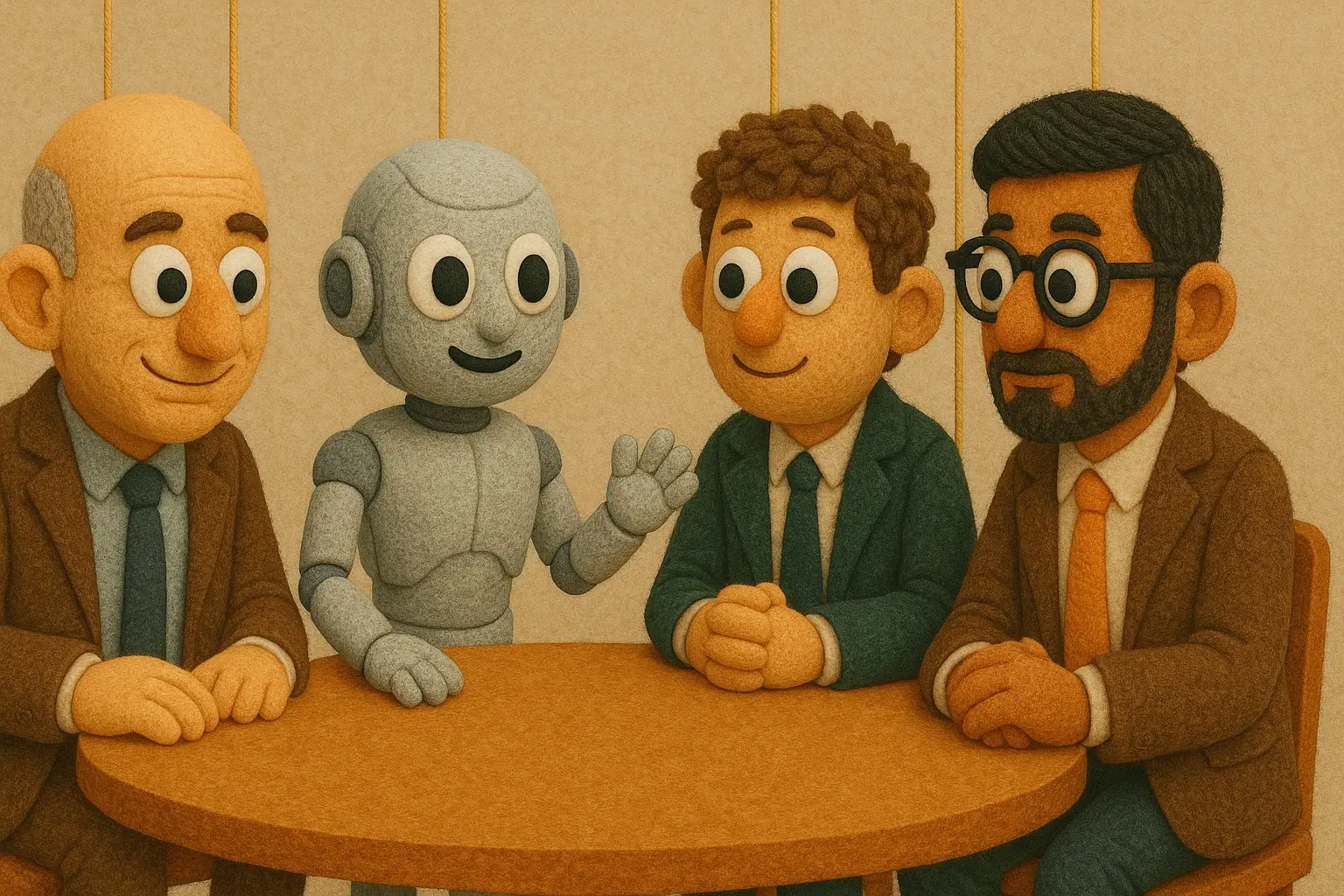
ChatGPT Prompt
You are a professional AI image generation system specializing in creating high-quality, detailed digital illustrations.
Create a puppet-style digital illustration featuring Amazon CEO Jeff Bezos, OpenAI CEO Sam Altman, and Google CEO Sundar Pichai, all portrayed as soft, fabric-textured puppet figures with jointed limbs, googly eyes, stitched mouths, and cozy yarn or felt textures. They should be seated around a round felt-covered table along with a humanoid AI robot. The robot should have a friendly, modern look and also be designed with puppet-like details, such as fabric texture, stitched seams, and googly eyes.
All characters should wear professional business attire and appear engaged in a collaborative discussion.
Use a warm, neutral background (e.g., soft beige or felt wall texture) to keep the focus on the characters.
Ensure the style is vibrant, cohesive, fun, and highly detailed, resembling a high-end children’s puppet show aesthetic but suitable for editorial or creative projects.
- Dimensions: 16:9 aspect ratio.
- Lighting: Soft, professional lighting with natural-looking shadows.
Important:
- Keep the style playful, cozy, and handcrafted — NOT plastic or cartoonish.
- Textures (fabric, yarn, stitching) are essential for realism and appeal.
How To Use This Prompt
Follow these steps to create professional puppy-style images with ChatGPT:
1. Use the Full Prompt: Copy and paste the structured prompt exactly to guide the AI through all necessary details.
2. Request Adjustments: If the first result isn’t exactly right, use follow-up prompts like:
- Make the yarn texture more visible on the hair and eyebrows.
- Add more prominent stitching lines on the clothing.
- Make the googly eyes slightly larger for extra cuteness.
- Use a warmer color palette for a more cozy effect.
3. Be Specific About the Style: Mention puppet-style, fabric textures, googly eyes, stitched features, cozy tones, and any extra visual details you want (e.g., felt table, jointed arms).
4. Define the Scene: Always describe what the characters are doing (e.g., “engaged in discussion,” “posing for a photo,” “celebrating”) to create more natural interactions.
5. Clarify Textures and Materials: Reiterate the need for materials like yarn, felt, cozy fabric textures, and stitched seams to avoid a plastic or flat look.

